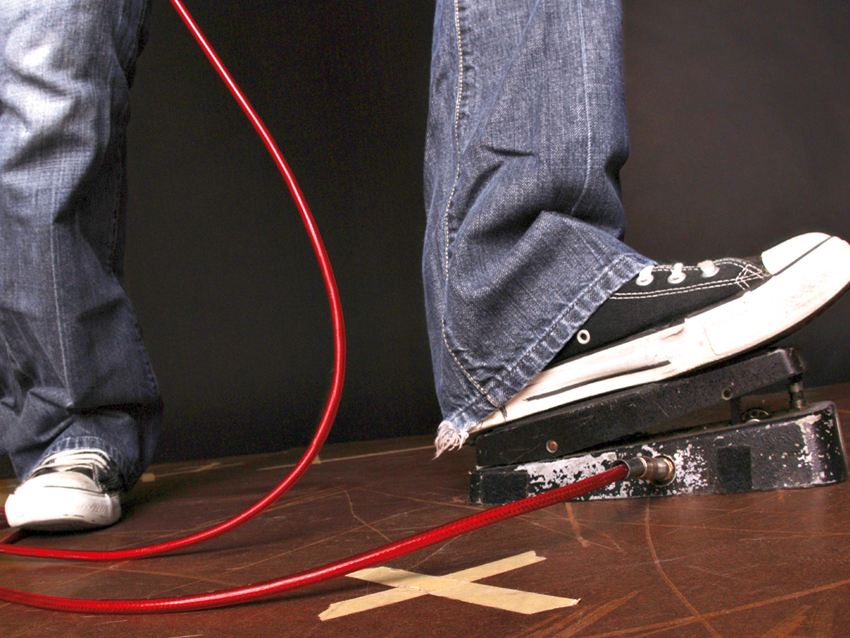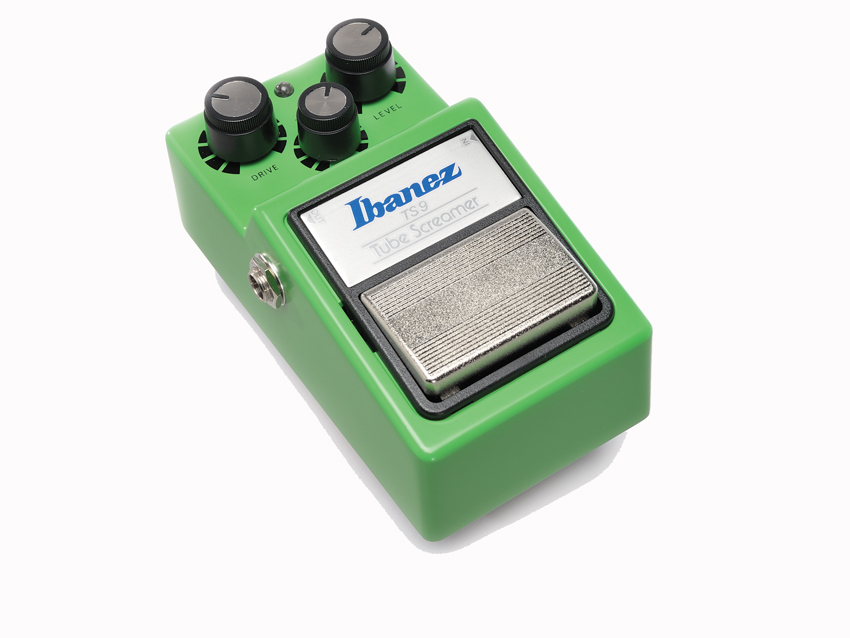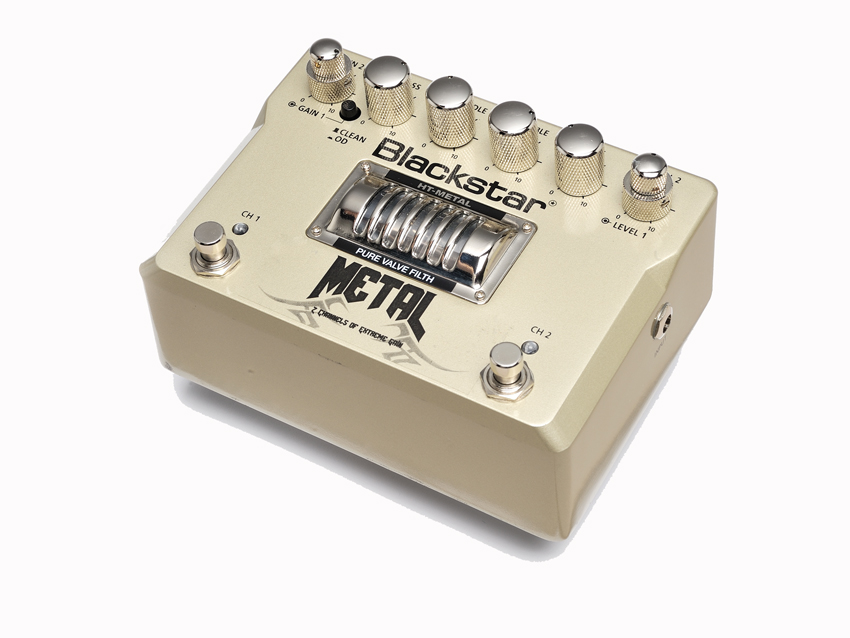The ultimate guide to guitar FX: drive
Everything you ever needed to know about effects pedals

The Ultimate Guide To FX
Everybody loves a good stompbox - they can expand your sound, take you closer to the tone in your head and perhaps most importantly are a whole lot of fun.
But to the uninitiated, knowing what distinguishes all the different pedals from one another can be a minefield. After all, what is the difference between overdrive, distortion and fuzz? What does modulation mean? And what the hell is an effects loop?
Every day this week, we'll be answering all these questions and more as we guide you through the world of effects pedals. Click through to get started with Drive...

Overdrive
OVERDRIVE, distortion and good old dirty fuzz all increase the gain of your signal, but they do so in different ways. All create distortion, so the lines between them can be blurred – the sound of many models genuinely overlaps between the three.
Generally, overdrive is the mildest of the trio and has two primary roles: to boost the gain to drive your valve amp into distortion; and to simulate the sound of a valve amp distorting. Most overdrives use gentle ‘soft clipping’, unlike distortions, which use harsher ‘hard clipping’.
Clipping describes the way in the guitar signal is compressed when it becomes distorted. The harder it is driven, the more the peak of the waveform is flattened (clipped) to resemble a square waveform with increased harmonics and a lower dynamic range.
Overdrive tends to produce a smoother, warmer sound than distortion or fuzz, allowing your amp’s tonal characteristics and your guitar’s tone to shine through more.
This makes overdrive stompboxes ideal for a more organic boost that’s used to push the front end of a valve amp, maintaining note clarity with driven open chords or when you’re breaking into solos.

Distortion
YOU probably know the sound of distortion already: from rock to metal, it’s the subject of most guitarists’ first forays into pedals.
The harder clipping of distortion can give tones a serious kick. Think of it more as an amp stack in a box, rather than something to complement an already overdriven valve amp.
Here, the soundwave peaks tend to be squarer than the smoother peaks created by overdrive. Some distortion pedals enable you to dramatically alter your EQ compared to an overdrive, too. This is especially true of heavy metal-type distortions that can offer super scooping of midrange, to accentuate ‘chunk’.
It’s a distinctive sound, but beware: the trade-off is the loss of mids, which can mean the loss of presence in the mix of a band.
Less dramatically high-gain pedals can be useful for distortion at any volume – simulating the break-up sound of a valve amp when you’re unable to use it at the volume needed to get those valves cooking.
They can also push a breaking-up valve amp to greater extremes of gain. Hard clipping saturation usually compresses your tone, accentuating sustain and harmonics more for leads compared to most traditional overdrives.

Fuzz
FUZZ has the bragging rights in this triumvirate of gain – it’s The Don and it was first to the pedalboard, dating back to the early 60s.
But it’s no old codger. It makes a statement and polarises the opinion of some players, but fuzz can be a gain effect full of attitude – and the dirtiest filth – that has enhanced everything from The Rolling Stones’ (I Can’t Get No) Satisfaction to The Smashing Pumpkins’ Siamese Dream.
A vintage fuzz tone is warm, woolly and fat, and increases sustain. These classic units tended to use germanium transistors to clip the signal, but back in the 60s their tolerances were inconsistent, hence old Arbiter Fuzz Faces often vary wildly in gain. Modern examples often use silicon diodes for harsher clipping.
So what makes the fuzz fuzzy? The clipping threshold is lower than a distortion pedal – and the resulting wave is almost totally square. With that comes a series of strange and abrasive harmonics, and in extreme pedals an almost synth-like squarewave sound.
There are different ways to achieve this kind of clipping depending on the model of fuzz, and that makes them popular with DIY builders and modders.
TOMORROW: Pitch Pedals
Total Guitar is Europe's best-selling guitar magazine.
Every month we feature interviews with the biggest names and hottest new acts in guitar land, plus Guest Lessons from the stars.
Finally, our Rocked & Rated section is the place to go for reviews, round-ups and help setting up your guitars and gear.
Subscribe: http://bit.ly/totalguitar


